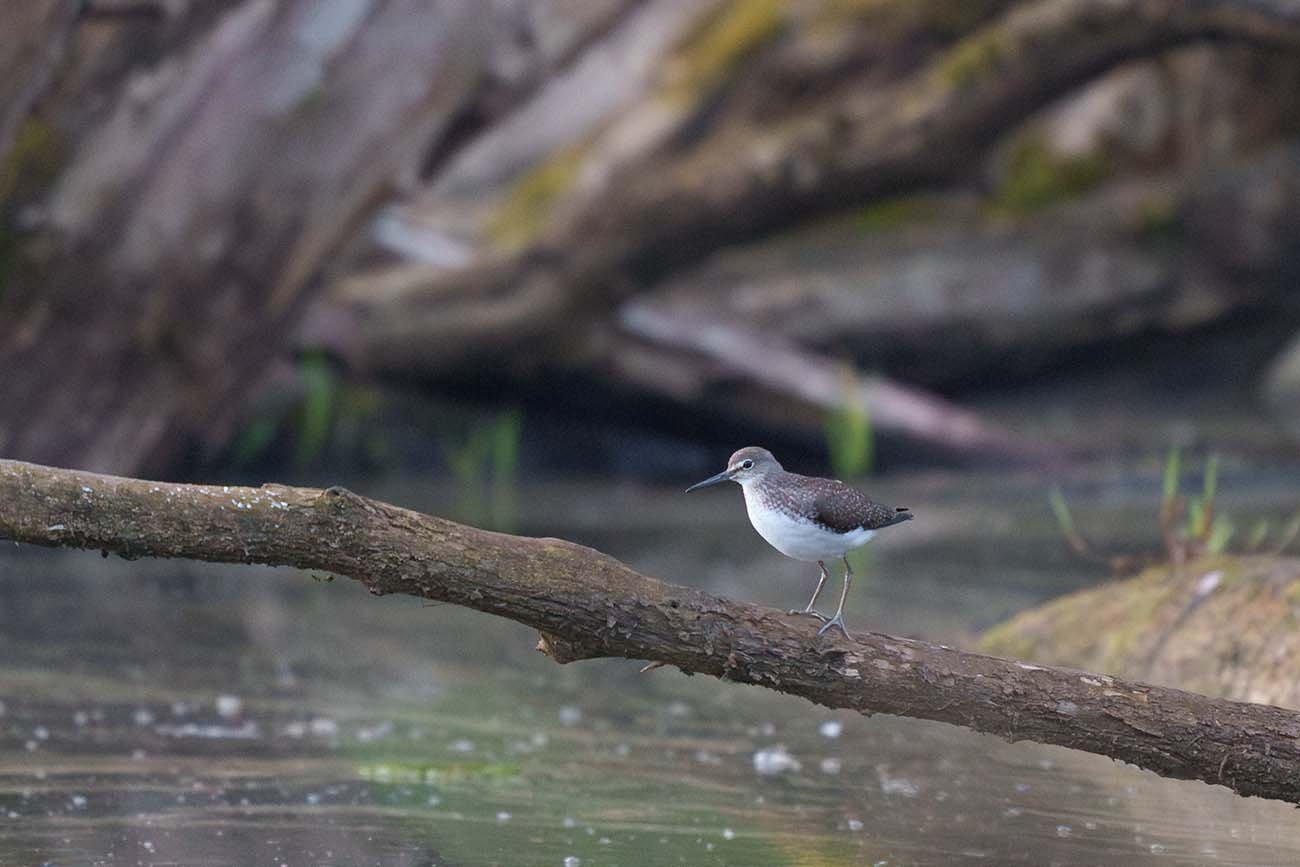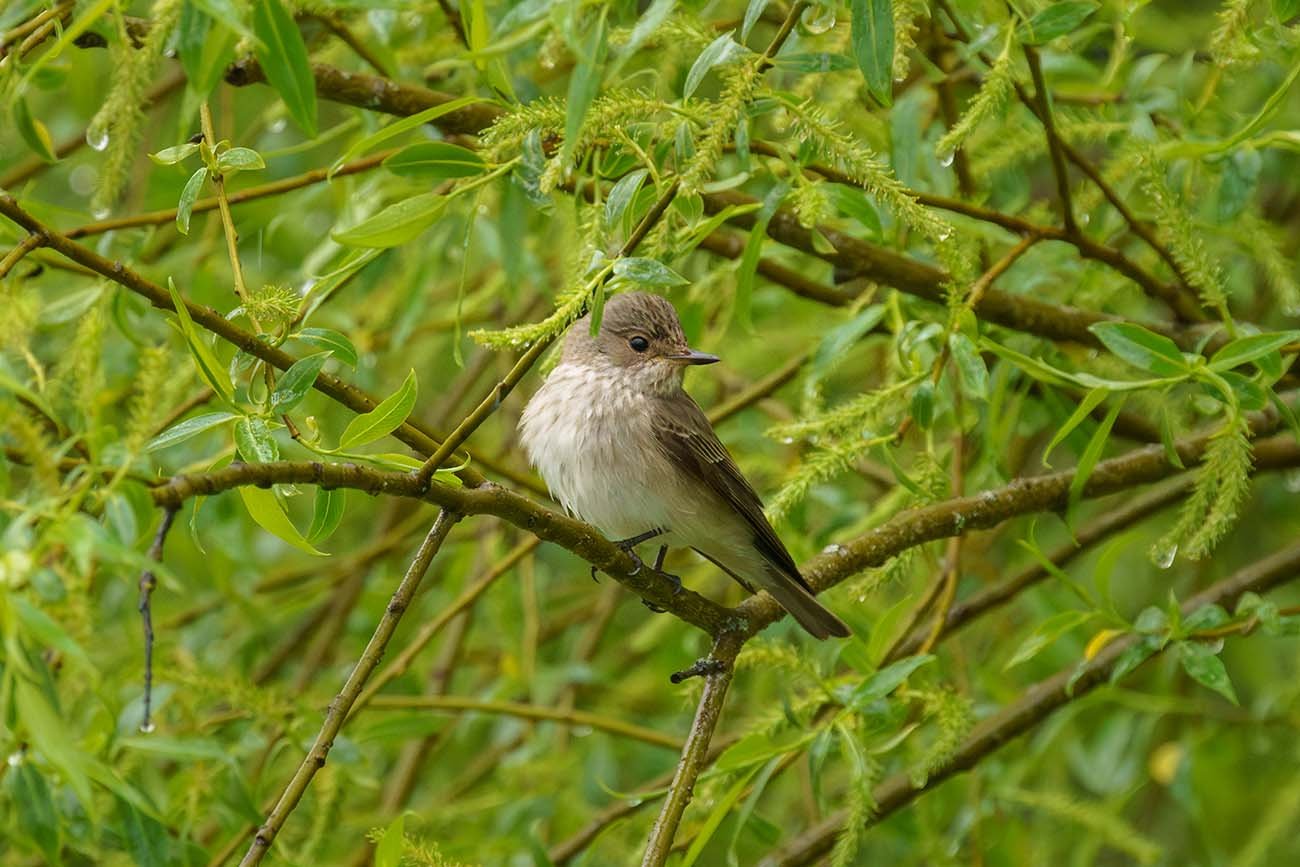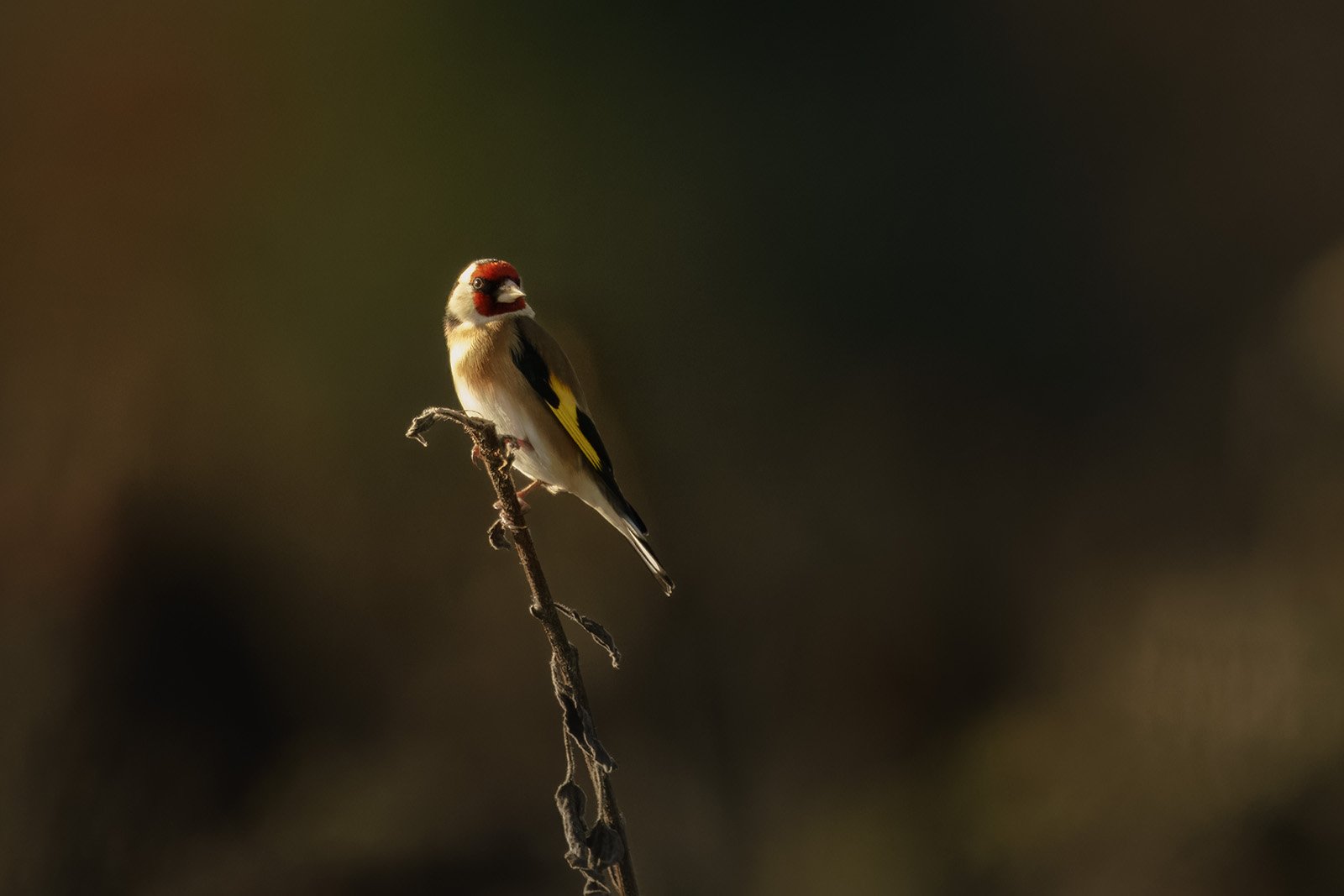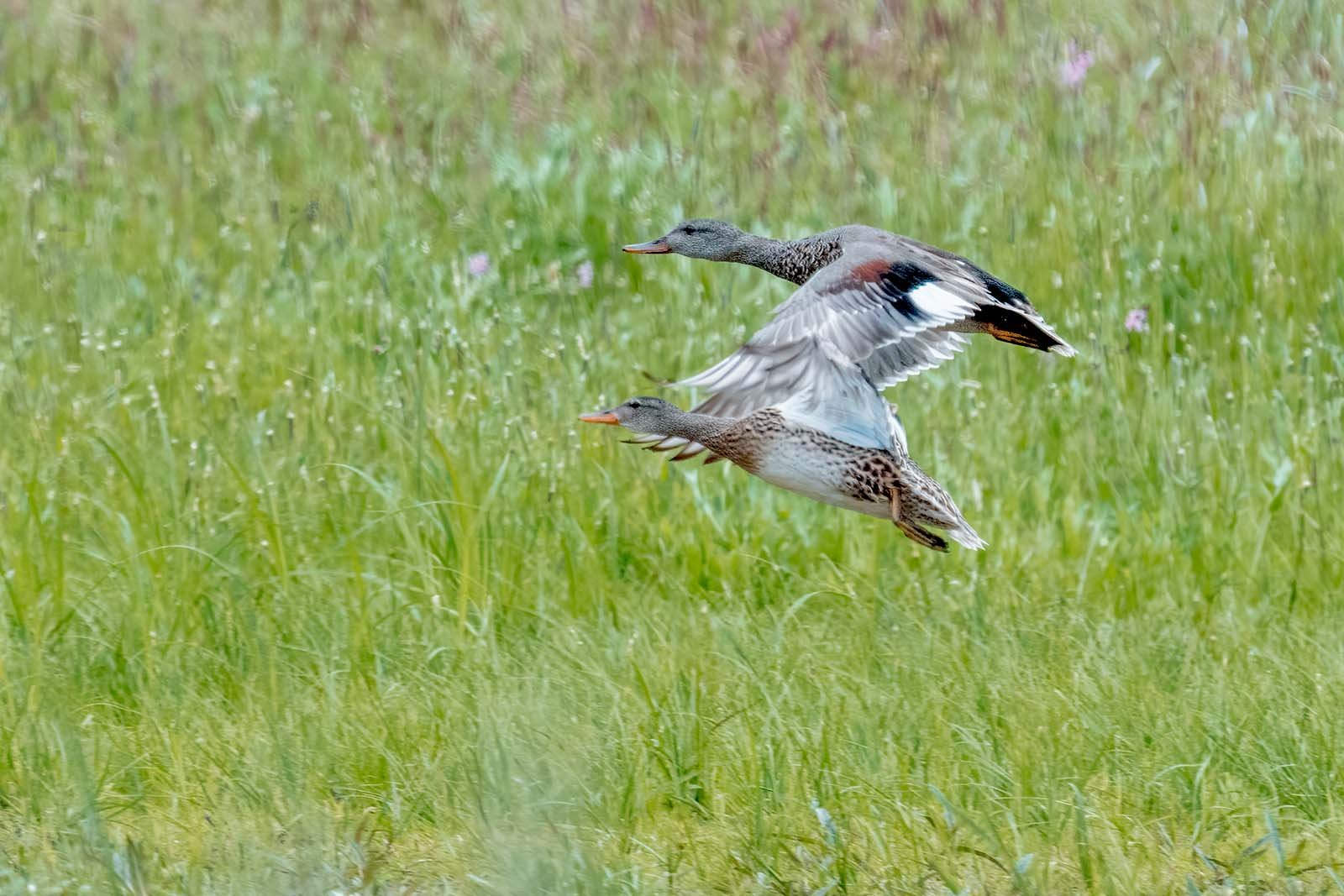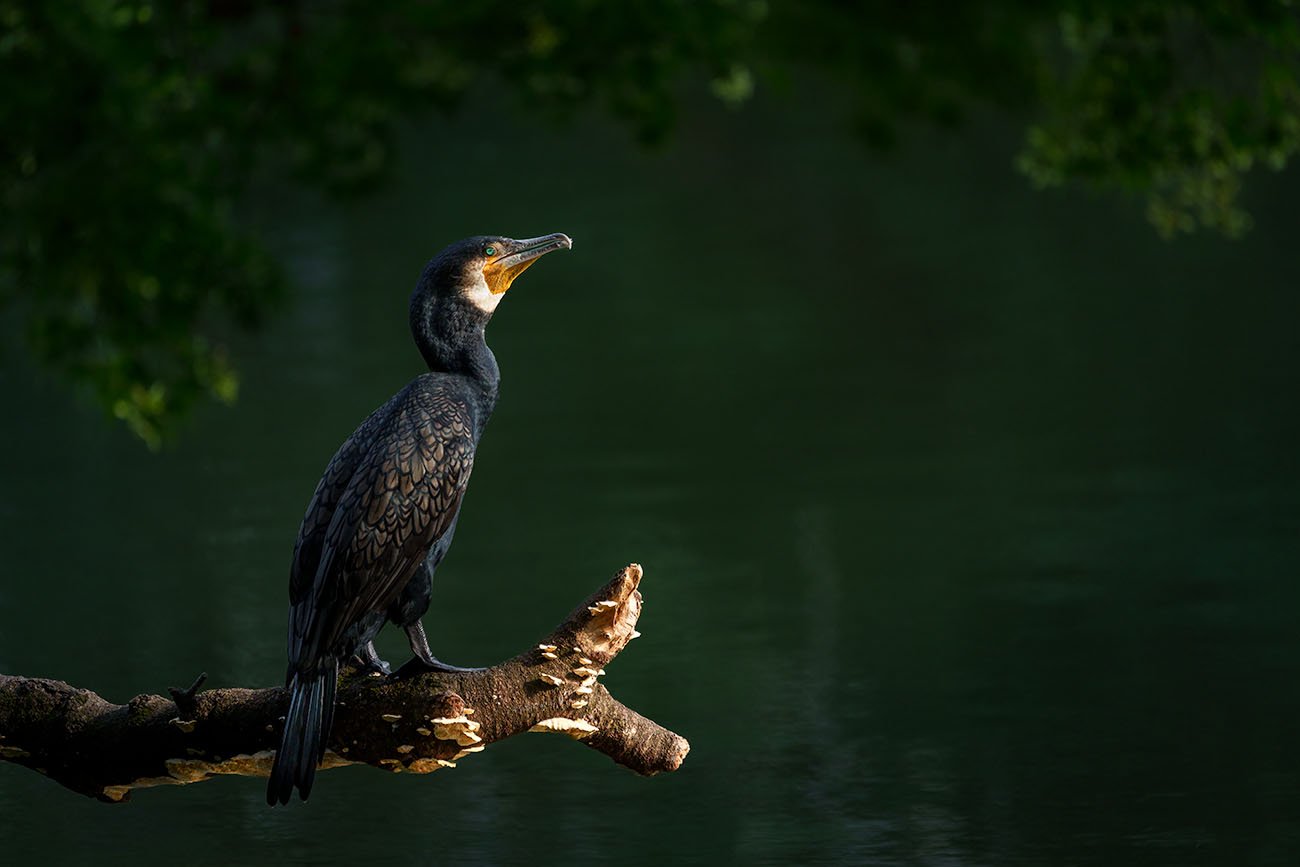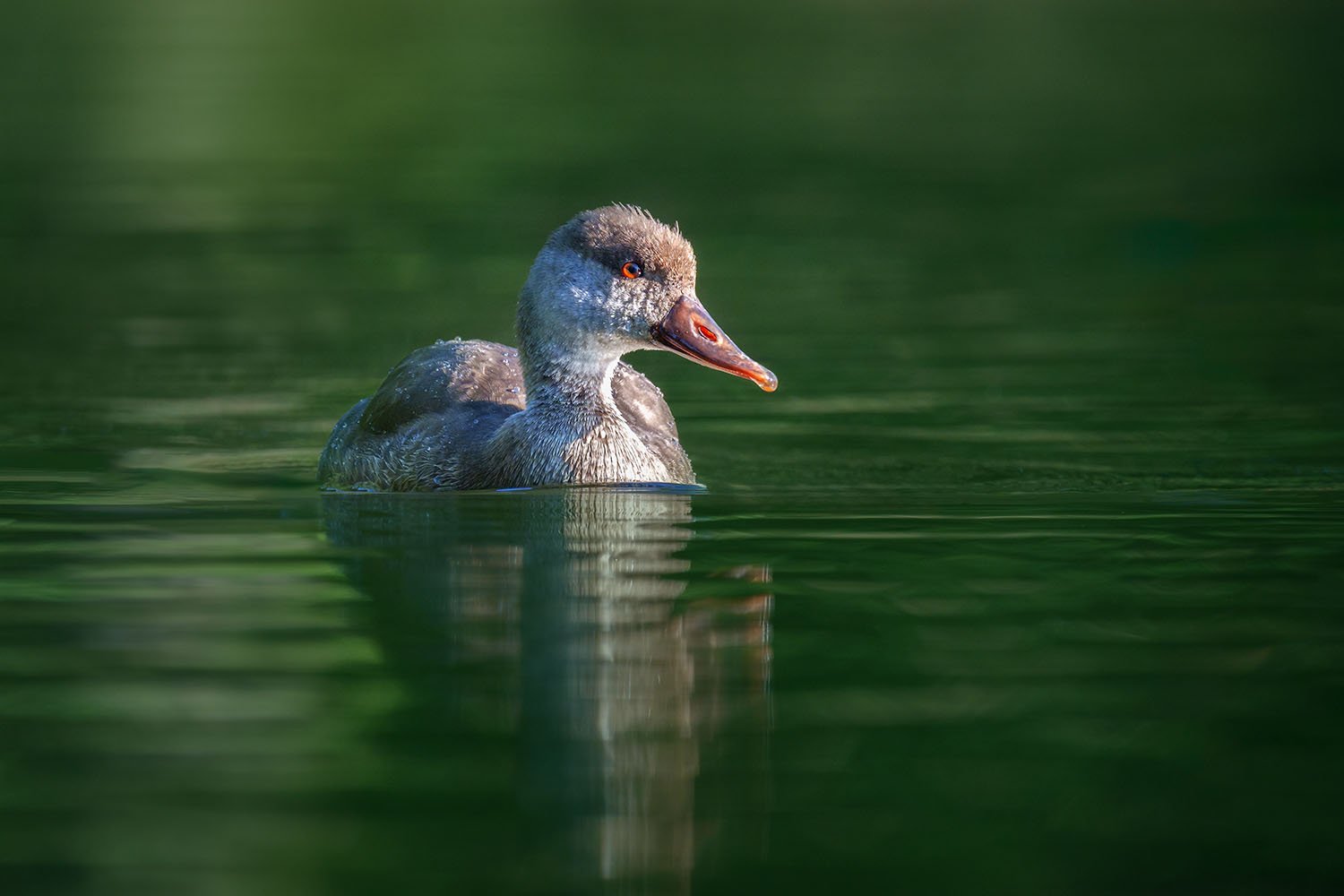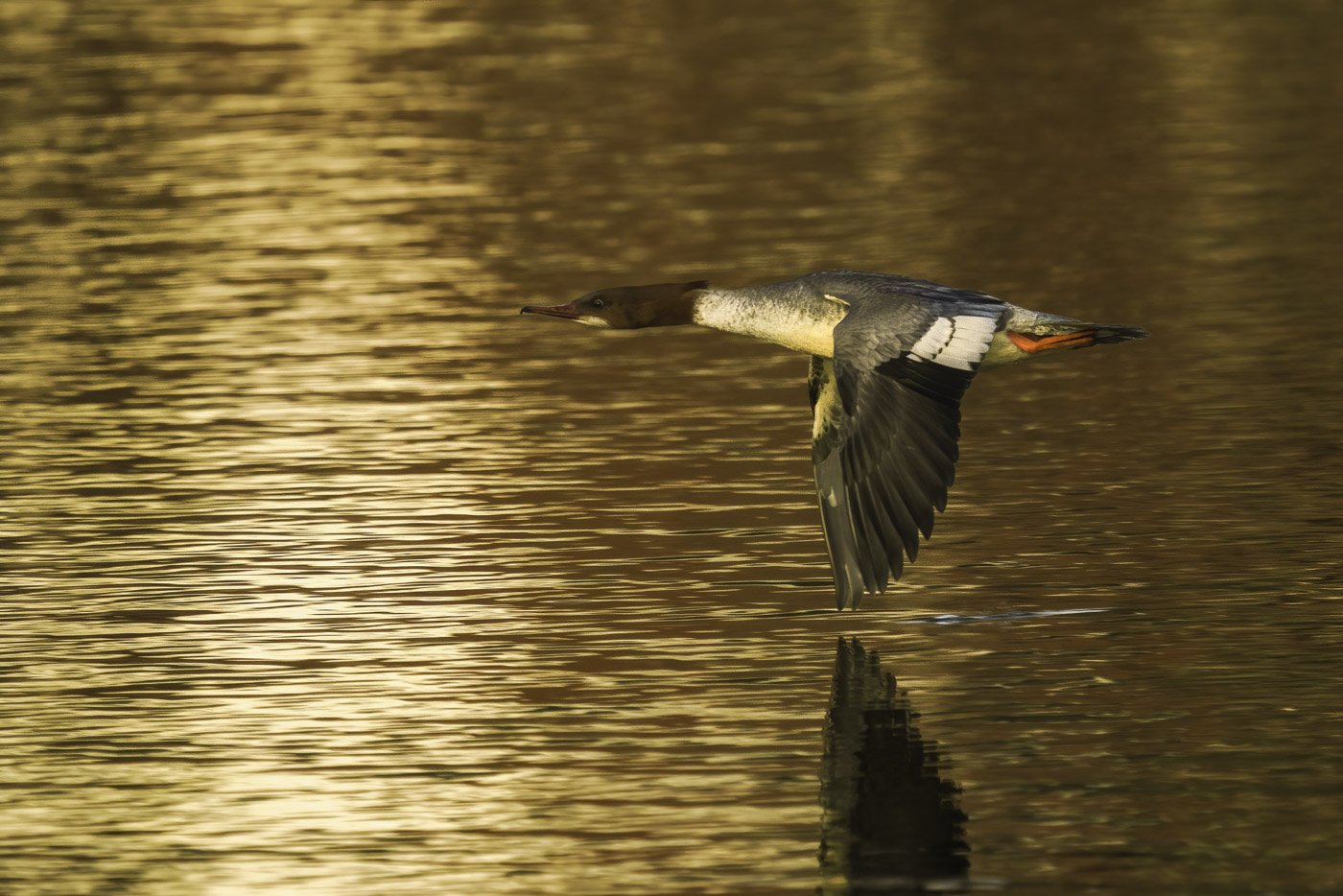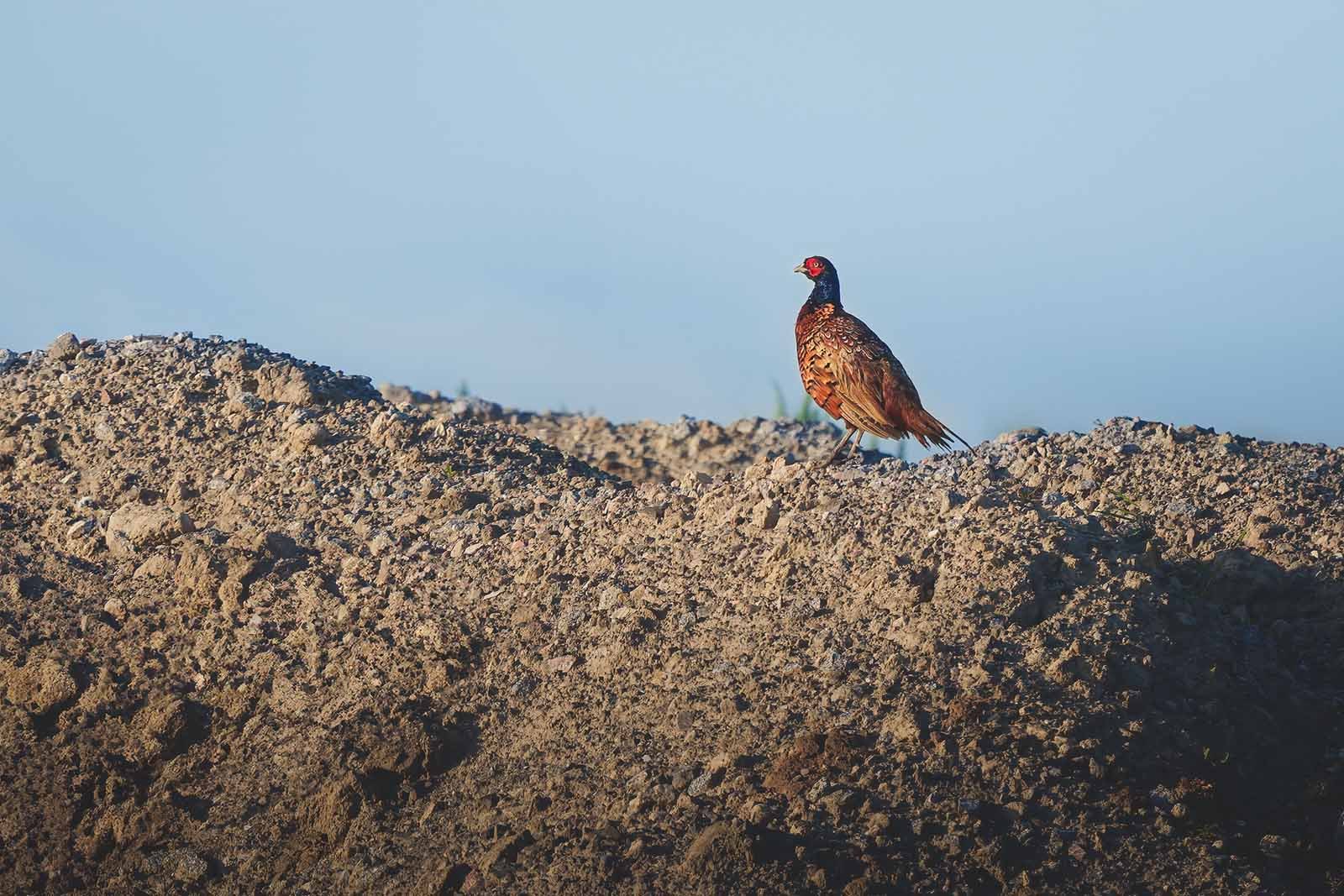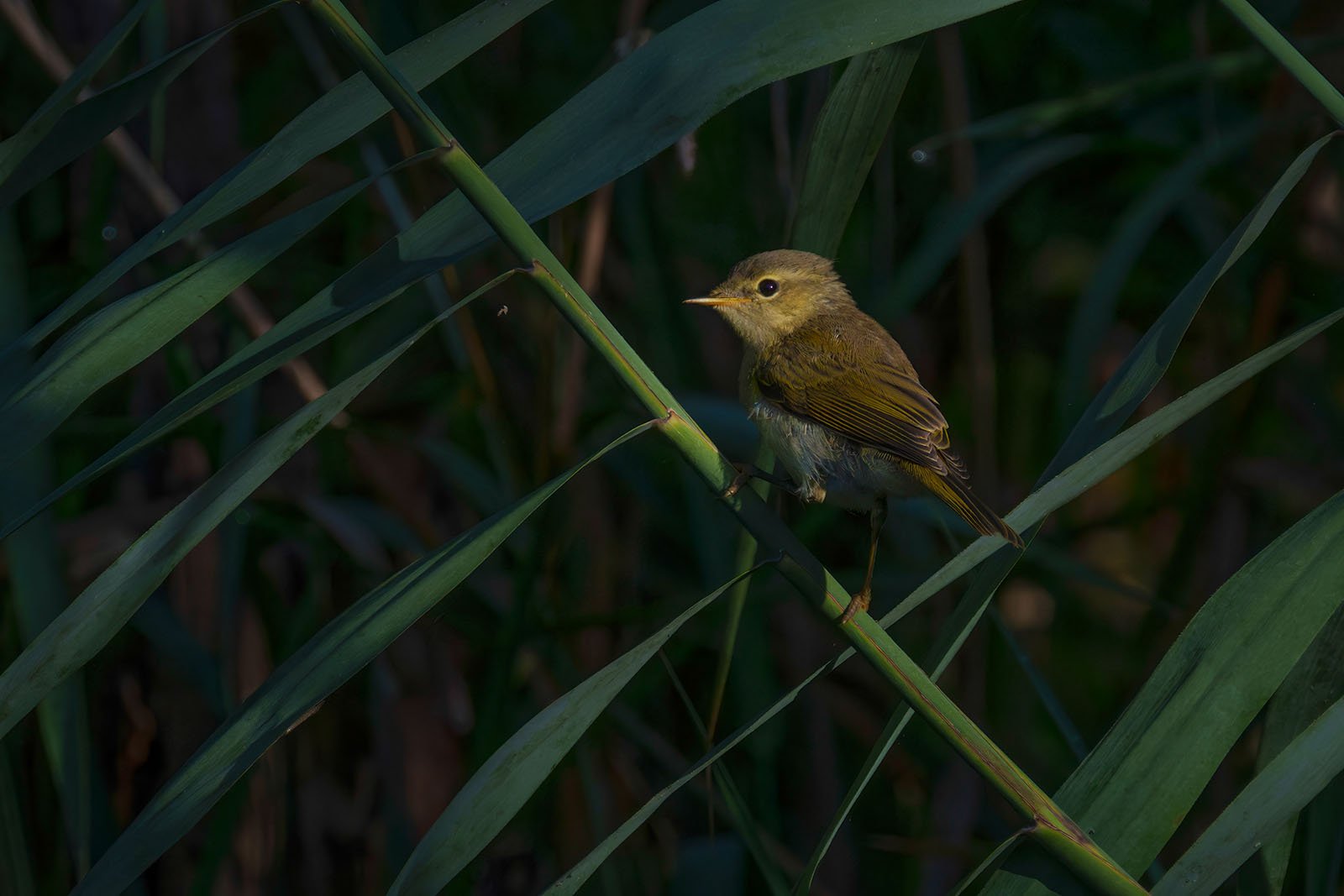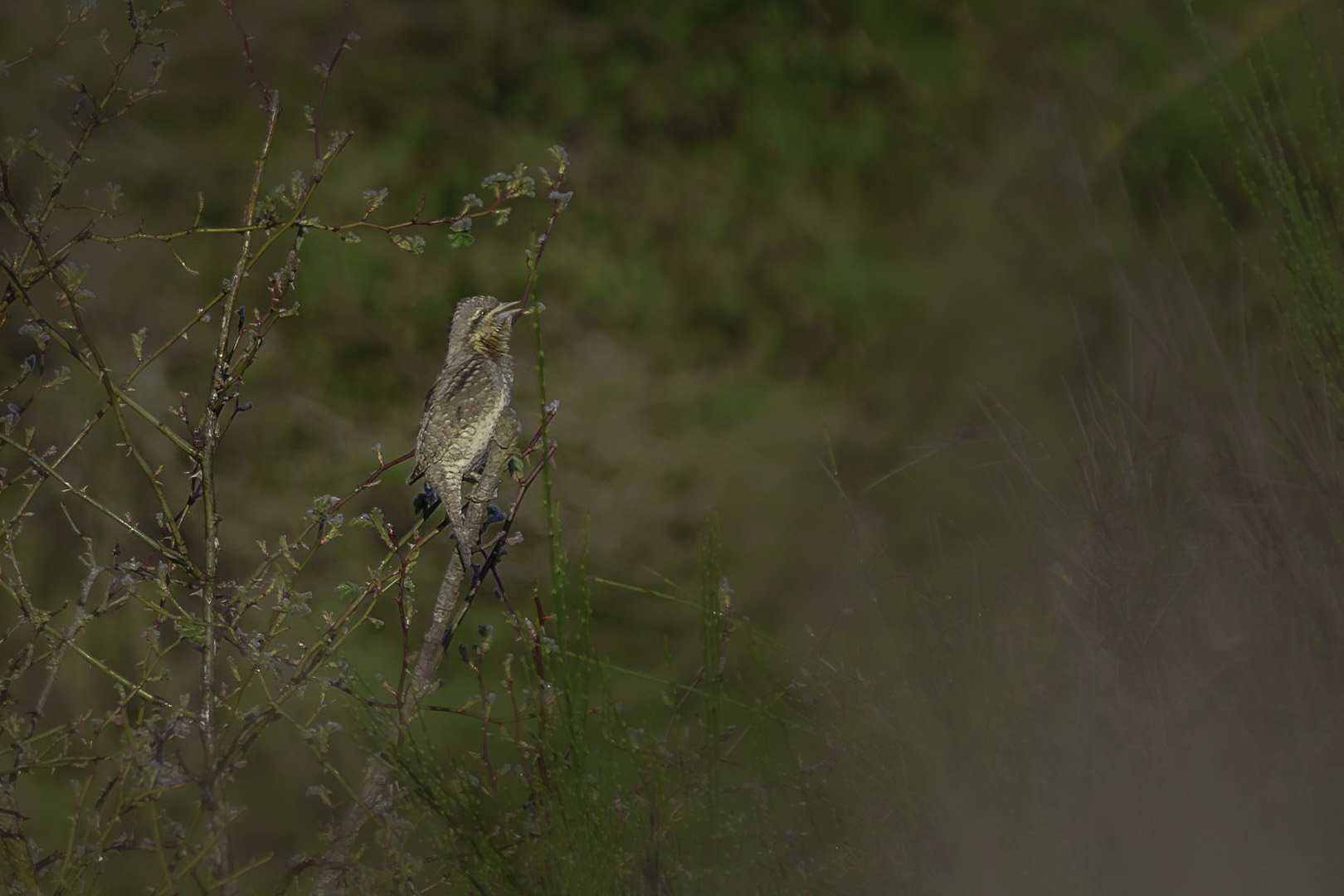Eurasian magpie (Pica pica)
Magpie (Pica pica) - Picture was taken in Mecklenburg-Vorpommern, Germany
Key Facts
Size: 40 - 51 cm
Weight: 50 -100 g
Diet: Earthworms, small vertebrates, bird eggs, berries, seeds, fruits, scraps, carrion
Season: All year round
Tip for observation: Agricultural landscapes, pastures, gardens, backyards, parks
Photography Tips
Lens: Starting from 300 mm
Difficulty Level: Easy
The Eurasian magpie (Pica pica) is a bird belonging to the crow family and inhabits large parts of Europe, Asia, and northern North Africa. It is frequently encountered in urban areas, easily recognizable by its black and white plumage with long tail feathers. Magpies are among the most intelligent birds and are considered one of the most intelligent non-human beings. The Nidopallium caudolaterale of magpies is approximately the same size relative to their body as the prefrontal cortex of chimpanzees, gorillas, orangutans, and humans. Magpies pass the mirror test, thus being one of the few bird species possessing this ability. In Europe, magpies were traditionally regarded negatively in folklore due to their reputation as omens of misfortune and thieves. In Norse mythology, they were considered messengers of the death goddess Hel. In contrast, magpies are traditionally considered symbols of good luck in Asia, and the North American black-billed magpie is revered as a spirit being by Native Americans.
The nominate subspecies of the magpie is predominantly black and white colored. The tail is graduated and often as long as or longer than the rest of the body. The belly, flanks, and shoulders are white, while the tail feathers and the outer webs of the flight feathers shimmer metallic green, blue, or purple, depending on the angle of reflection. In spring, the colors become duller and less iridescent. Males and females look alike externally, although males are on average slightly heavier than females, weighing around 233 g. Magpies can reach lengths of up to 46 cm and have a wingspan of approximately 48-53 cm. Young magpies have a bright red gape and are almost as colored as adult birds, albeit with minor differences. Their tail is duller and shorter, and the white areas on the inner webs of the outer primaries do not extend as far towards the feather tip as in adult magpies. Magpies mostly move by hopping but can also walk. They maneuver skillfully in tree branches and fly in a undulating manner. Molting in magpies begins slightly earlier in one-year-old birds than in older birds, and they molt their entire plumage. Molting in Europe starts in June, while fledged birds molt earliest in July and latest by the end of August.
The magpie has a wide distribution in Europe, Asia, and North Africa. In Europe, it is widespread, ranging from Scandinavia to the southern tips of Spain and Greece. There are only a few Mediterranean islands where it is not found. It also inhabits coastal areas of Morocco, Algeria, and Tunisia in North Africa. The magpie is a sedentary bird but also migratory in Scandinavia. In Eastern Europe, the magpie's distribution extends to about 65° N, while its habitat in the Middle East includes Turkey and parts of Iran, almost reaching the coast of the Persian Gulf. In the Far East, magpies occur as far as the Sea of Japan, with the northern distribution boundary retracting to about 50° N. Magpies are widespread in Asia and inhabit areas up to northern Vietnam. An isolated population exists on the Kamchatka Peninsula. A small population on northwest Kyushu is protected as a natural monument.
The magpie is a bird species found worldwide at altitudes of up to 2500 meters and is encountered in both lowland and mountainous regions. However, there are exceptions, such as the subspecies P. p. asirensis, P. p. bottanensis, and P. p. hemileucoptera, which live at altitudes of up to 4000 meters or even over 5500 meters. Magpies prefer well-structured landscapes with meadows, hedges, shrubs, and occasional trees. They also inhabit areas near water bodies, in marshes with reeds, willow thickets, and shrubbery. However, magpies are rarely found in forests, on shrubless meadows and arable land, or in snowy regions, except for the aforementioned subspecies living in mountainous areas. In Europe, more than half of the population now breeds in or at the edges of built-up areas such as single-family house settlements, parks, cemeteries, and large residential gardens. Formerly, they were characteristic birds of the agricultural landscape with hedges, field groves, avenues, or old orchards.
Magpies feed on both animal and plant-based food throughout the year. They eat insects, larvae, worms, spiders, and snails as well as small vertebrates, including amphibians, lizards, small mammals, nestlings, eggs, and birds. Carrion is also part of their diet. In autumn and spring, magpies also feed on fruits, seeds, and fungi. Undigestible matter is regurgitated in the form of pellets. In Europe, half of the magpie's diet comes from animal sources. During the breeding season, it covers 95% of its nutritional needs with it. In spring and summer, it primarily or exclusively relies on animal food in Europe, while its nutritional needs are met by plant-based components in autumn and winter. In Europe, their pellets also contain remnants of vertebrates. Magpies mostly search for food on the ground and run towards prey. When hunting insects and spiders in low vegetation, they scan the surroundings for prey and quickly dash towards it. Scratching and probing in the ground are also part of their hunting techniques. Magpies also peck at berries and occasionally hunt fish or pick parasites off sheep and cattle. They create food caches throughout the year and hide them in different locations to avoid being robbed by other crows. Magpies often hold larger prey with their feet on the ground and kill them with pecks or by hurling them against hard objects. Before eating, they neatly pluck small birds. Overall, magpies are very skilled and versatile in their foraging.
In built-up areas, urban magpies search for food in compost and waste heaps, feeding on meat scraps, bread, pasta, cheese, eggshells, and similar items. This accounts for about half of their diet. In inner cities, small birds make up only about five to eight percent of their diet. They often search along roads, railway lines, highway edges, and waterfronts for animal roadkill or other food sources left by humans. Urban magpies primarily hide their food in objects from the human environment such as pet food, compost, waste, dog feces, and plant bulbs. They rarely hide acorns or carrion and sometimes use gaps under roof tiles as storage sites.
Normally, magpies begin their activities about half an hour before sunrise, although this can vary depending on the season. During the hour before sunset, magpies approach their roosting place and take it shortly afterward. There are two different social forms in magpies. During the breeding season, breeding pairs live alone in their territories, while non-breeding birds form groups. In winter, magpies often form flocks ranging from a dozen to several hundred birds.
Magpies have one of the most highly developed brains among songbirds. In particular, their ability for object permanence, associated with their food hoarding behavior, is very pronounced. Therefore, they can track the displacement of objects that were previously unseen. Young magpies acquire this ability and the ability to retrieve hidden food from about the tenth week of life. Thus, the species displays high representational capacity and complex social behavior. Additionally, magpies are capable of individually recognizing their conspecifics. In mirror tests, magpies display curious behavior and recognize their mirrored environment. They can distinguish between different contents and exhibit self-directed behavior. Although they sometimes fight their reflection, magpies react similarly to chimpanzees and orangutans in comparable tests, which are interpreted as indications of self-recognition. According to Otto Koehler, magpies' ability to distinguish quantities extends to the upper limit of seven.

